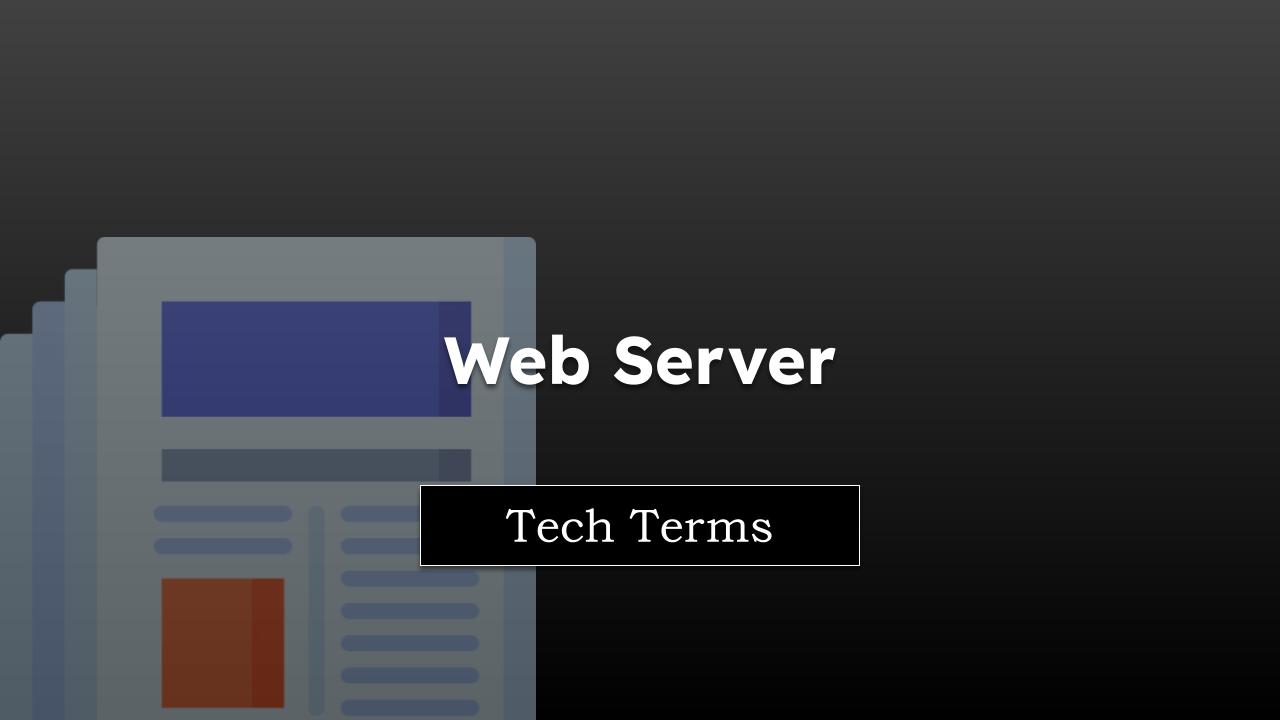CSS, or Cascading Style Sheets, is like the stylist of the internet. It’s a language used by web developers to control the look and feel of websites you visit.
Without CSS, your favorite websites would look like plain, text-heavy documents. With it, websites become visually engaging, with a blend of colors, layouts, and fonts.
Note: The page is part of the browser vocabulary to help you understand technical terms.
In this guide, I have shared written instruction about:
How Does CSS Work?
Imagine you’re creating a digital poster. You start by writing down all the text you need, like the title, subtitles, and other information – that’s your HTML. But then you decide you want to style your text – make the title bold, change the color of subtitles, and position your information in specific places on the poster. That’s where CSS comes in.
CSS works by selecting HTML elements and applying styles to them. Each style rule has two parts: a selector and a declaration. The selector indicates which HTML element the style will be applied to, and the declaration defines what the style will be.
For example, if you want all the paragraph text on your website to be blue, your CSS would look like this:
p {
color: blue;
}
In this example, p is the selector (which selects all paragraph elements), and color: blue; is the declaration that makes the text color blue.
How CSS Interacts With Your Browser
Your browser plays a key role in interpreting CSS. When you visit a website, your browser downloads the site’s HTML and CSS files.
The browser then reads the CSS rules and applies the specified styles to the matching HTML elements. All this happens behind the scenes in a split second, delivering a styled webpage to your screen.
Bottom Line
To summarize, CSS is the language that brings style to the web pages you interact with. It lets web developers control everything from layout to fonts, colors, and spacing. It works hand in hand with HTML, providing styles to HTML elements, and your browser is the stage where this styling comes to life. Without CSS, the web wouldn’t be as visually dynamic or user-friendly as it is.
So next time you’re scrolling through a beautifully designed website, remember that the CSS working its magic in the background.
Lastly, if you've any thoughts or feedback, then feel free to drop in below comment box. You can also report the outdated information.







